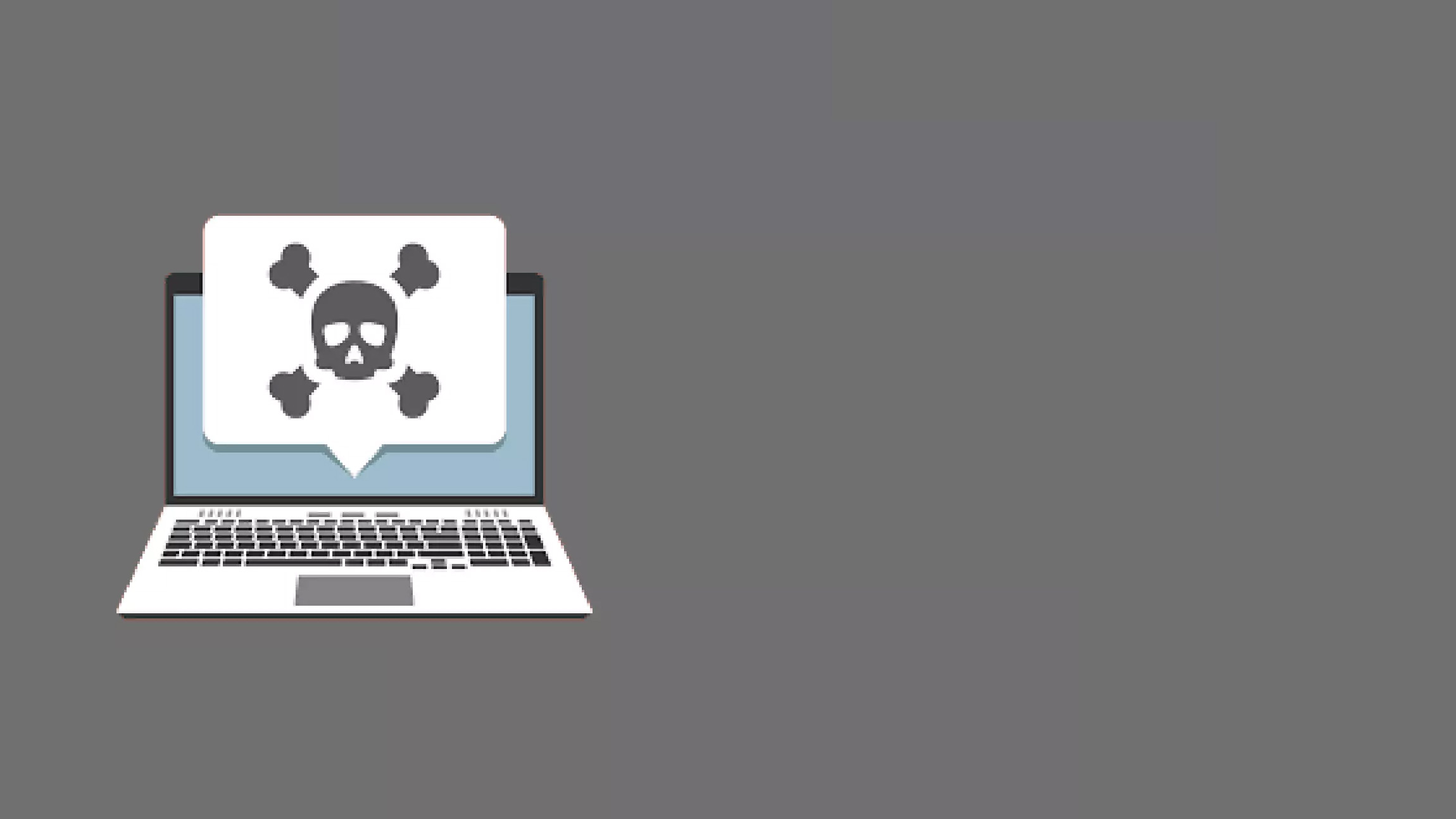Anti-malware software, such as antivirus and firewalls, collectively detect suspicious packages of data within installers, zip files or other file transfer methods, and attempt to block them from gaining access without the user’s knowledge.
Despite the thirty-year progress of anti-malware development that yields increasingly intelligent software, malware developers are still persistent to use their creative prowess to get around these tools.
Malware threats are increasing in 2020
According to Kasperksy, an anti-malware software developer, their programs have detected over 1.2 million malicious installers in Q2 2020 alone, which is an increase of about 93,000 from the previous quarter. These are not necessarily the number of computers infected by the mentioned malicious installers, but with a steeply increasing number of detected malware, it may be tempting to think that the Internet is no longer a safe place.
The truth is, how dangerous malware becomes depends on how advanced security systems are being developed. As long as security technologies continue to innovate, the world remains safe from anything that resembles a world-wide computer infection — a kind of cyber pandemic, which has happened before in the early days of the Internet.
The COVID-19 pandemic may indirectly increase the risk of system infection
Since the pandemic began, people have been spending a significant amount of time at home, including working from home. Oftentimes, the devices that they use to work are not up to company standards in terms of security. Kaspersky reports that 13.14% of the malware are of the FakeAdBlocker family. Coincidentally, home Internet use surge as people seek entertainment at home, and probably installing untrusted ad blockers along the way.
This puts not only home devices at serious risk, but also company data. Employees at home can infect company databases by accident as malware spreads from one computer to another via remote connections.
Digital safety protocols
Fortunately, there are simple easy-to-follow protocols for employees to reduce the risk of systems infection by malware. Digitally ‘hygienic’ practices such as never downloading anything from untrusted and uncertified sites, giving away personal data, keeping a sharp eye for phishing attempts, and never clicking on any unverified links can help keep systems clean and safe.
Of course, these practices will guarantee protection when coupled with technologies in cyber security. Technology by our definition is more than just the latest antimalware software. Xynexis International believes that this must also include systematic review, penetration testing, data storage security capabilities testing and long-term support to ensure sustainable protection.
Learn more about the services that Xynexis can offer for your critical information infrastructure. Contact us for any inquiries.




